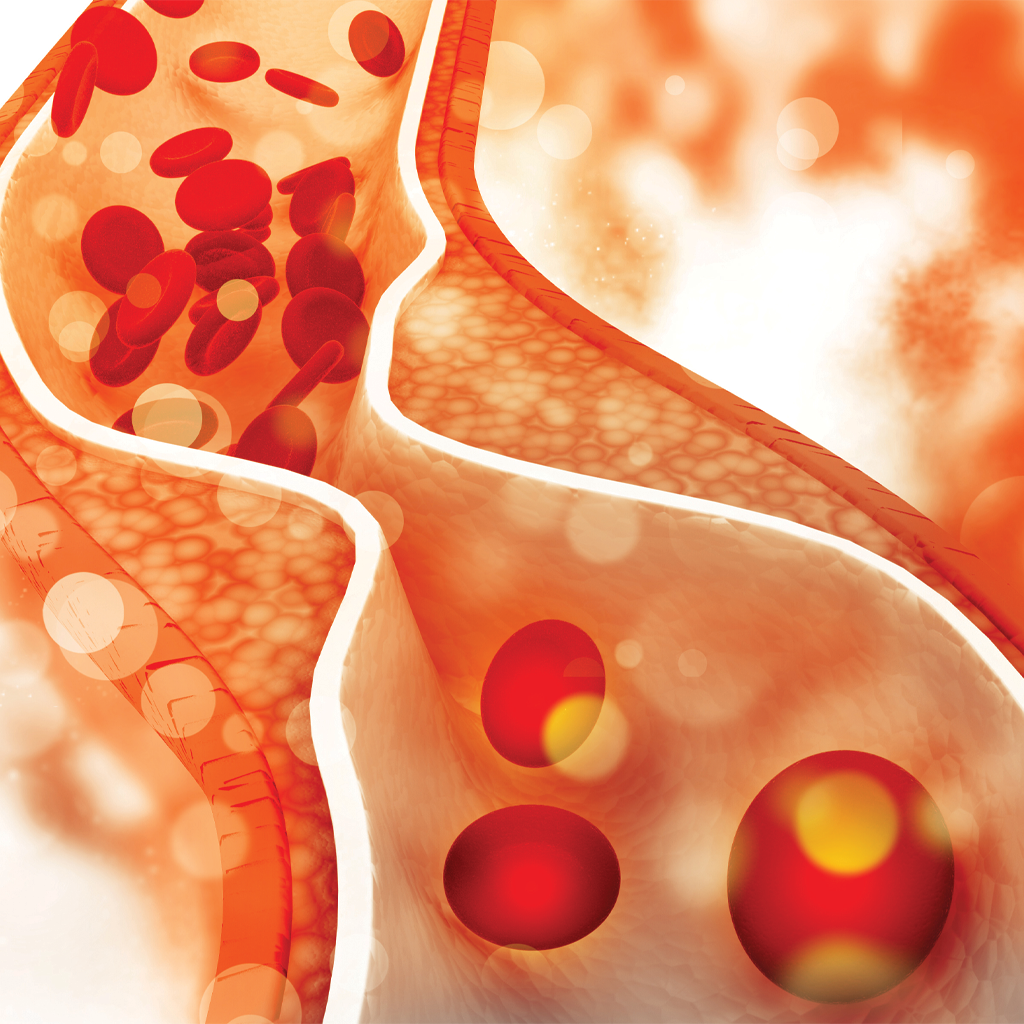Peripheral Artery Disease
What is peripheral artery disease?
Peripheral artery disease (PAD), also known as peripheral vascular disease (PVD), is a very common condition affecting 12-20 percent of Americans (both men and women) age 65 and older. PAD develops most commonly as a result of atherosclerosis, or “hardening of the arteries,” which occurs when cholesterol and scar tissue build up, forming a substance called plaque that narrows and clogs the arteries. Left untreated, PAD can become a very serious condition. The clogged arteries cause decreased blood flow to the legs, which can result in pain when walking, and eventually lead to gangrene and amputation.
One symptom of PAD is intermittent claudication—pain that occurs when a person walks and subsides when s/he stops. Another symptom is a wound on the leg that won’t heal or takes a very long time to heal. A loss of hair on the lower legs can be another warning sign of PAD.

